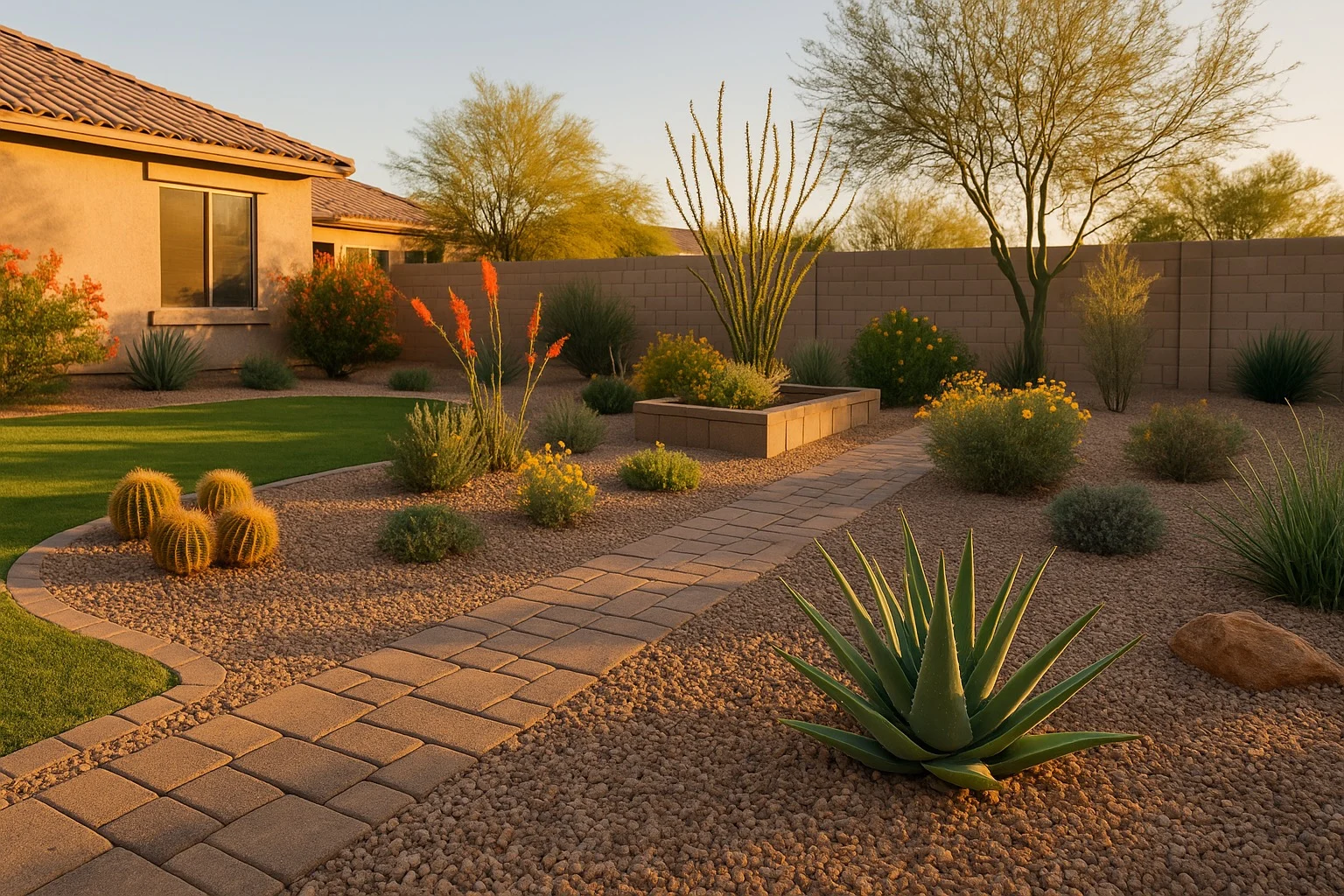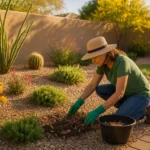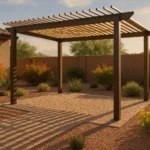As the harsh winter gives way to the gentle warmth of spring, it’s time to rejuvenate your garden in the Southeast Valley. The desert region’s distinct climate presents unique challenges and opportunities for gardening enthusiasts. Whether you’re a seasoned green thumb or a budding horticulturist, here are some essential spring gardening tips tailored for the Southeast Valley region.

Understanding the Southeast Valley Climate
The first step to a fruitful gardening season in the Southeast Valley is understanding the local climate. The region experiences a hot desert climate, with mild winters and extremely hot summers. Springtime, however, offers ideal conditions for gardening, with temperatures ranging from 70 to 90 degrees Fahrenheit. This time of the year is perfect for planting a variety of vegetables, herbs, and flowers that thrive in warmer temperatures.
It’s crucial to consider the area’s low rainfall when planning your garden. Plants native to the region or drought-resistant varieties are a wise choice for successful cultivation. Check out our guide on drought-resistant plants for Arizona gardens for a list of suitable plants.
Preparing Your Garden Soil
Proper soil preparation is the foundation of a thriving garden. In Southeast Valley, the soil is typically sandy or clayey, both of which can pose challenges for plant growth. Add organic matter like compost or well-rotted manure to improve soil structure and nutrient content. This step will ensure your plants have the necessary nutrients to grow healthy and strong.
Test your soil pH using a soil test kit, available at local garden centers or online. Most vegetables and flowers prefer slightly acidic to neutral pH levels. If your soil is too alkaline, which is common in desert regions, you can lower the pH by adding elemental sulfur or composted oak leaves. For more specific advice on fertilizing desert plants, read our article on fertilizing desert plants in Gilbert.
Choosing the Right Plants
Selecting the right plants is pivotal to your gardening success in Southeast Valley. Choose plants that are well-suited to the desert climate and can withstand the summer heat. Some vegetables that do well during the spring in the Southeast Valley include sweet corn, cucumber, and squash. Herbs like basil and oregano, and flowers such as marigolds and sunflowers, are also excellent choices.
For a detailed guide on the best vegetables to plant this May, visit our article on the best vegetables to plant in Gilbert this May. Remember, local garden centers are invaluable sources of region-specific advice and plant varieties.
Pest Control Measures
Effective pest control is crucial for maintaining a healthy garden in the Southeast Valley. The region is home to several pests, including aphids, whiteflies, and spider mites, which can cause significant damage to your plants. Use organic pesticides or introduce beneficial insects like ladybugs and lacewings that prey on these pests. It’s also helpful to regularly inspect your plants for signs of pest infestation and take immediate action.
Watering and Mulching
Proper watering and mulching techniques can greatly improve your garden’s health and productivity. Given the Southeast Valley’s arid climate, efficient watering is essential. Water deeply but infrequently to encourage the growth of deep roots, which can access moisture from the soil’s lower layers. Watering early in the morning reduces evaporation and ensures the water reaches the plant roots.
Mulching helps retain soil moisture, suppresses weeds, and adds organic matter to the soil as it decomposes. Apply a 2-3 inch layer of organic mulch around your plants, keeping it a few inches away from the plant stems to prevent rot.
Caring for Your Garden
Regular care and maintenance are the keys to a lush, vibrant garden. Keep an eye out for disease symptoms on your plants such as yellowing leaves, stunted growth, or unusual spots. The earlier you detect and treat these issues, the better your chances of saving your plants. Read our post on caring for succulents in Gilbert’s heat for tips on managing plant health in extreme temperatures.
Prune dead or damaged branches to maintain plant health and promote growth. Regularly remove weeds that compete with your plants for nutrients. Finally, monitor your garden’s growth, take notes, and adjust your gardening practices as needed. Remember, gardening is a learning process, and every season brings new lessons.






